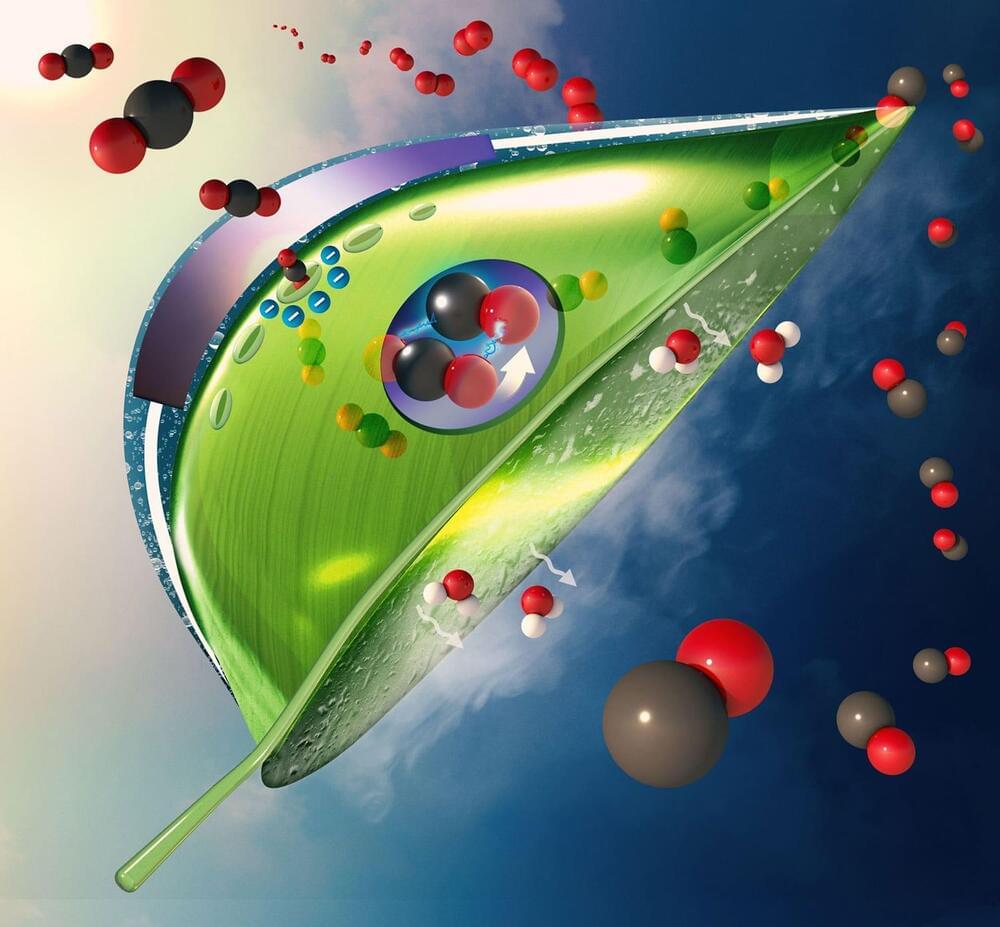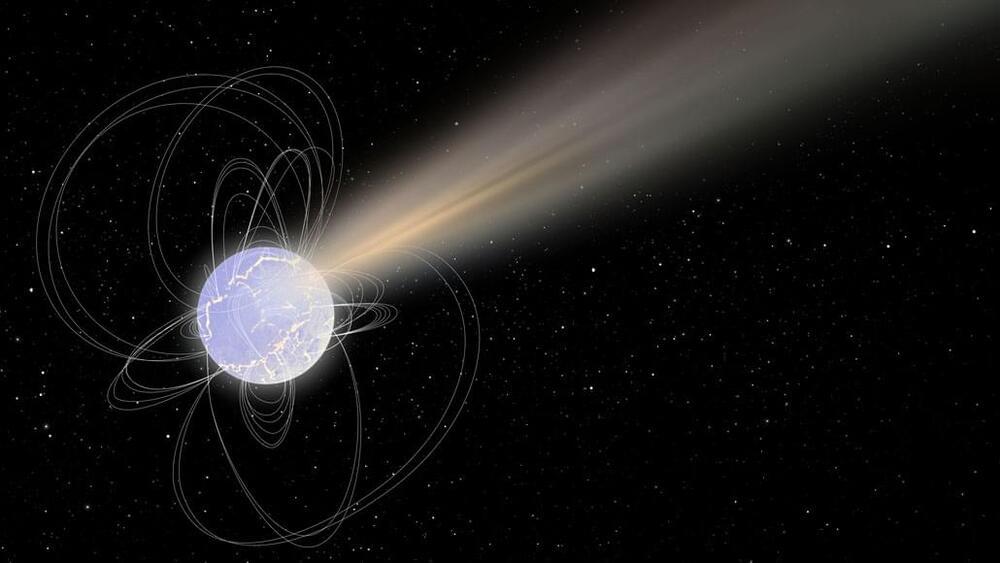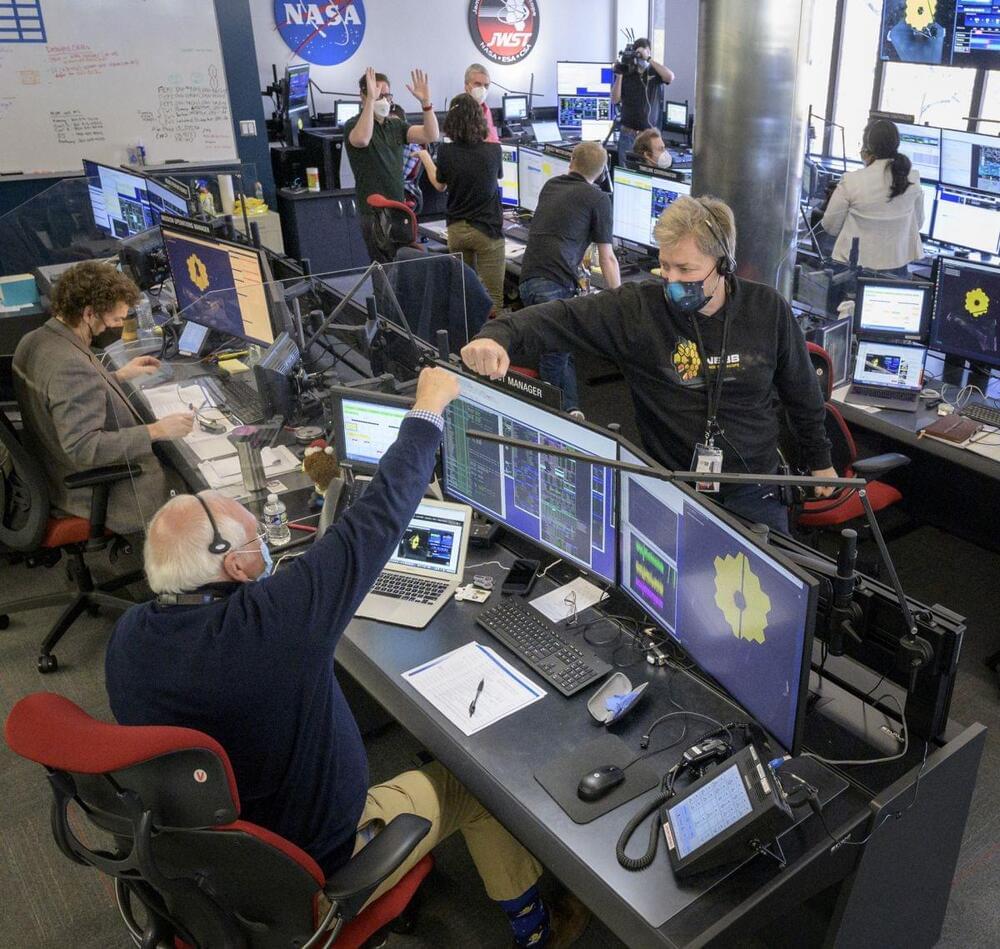A team of engineers at the University of Illinois Chicago has built a cost-effective artificial leaf that can capture carbon dioxide at 100 times better than current technologies.
This novel artificial leaf works in the real world, unlike other carbon capture systems that could only work with carbon dioxide from pressurized tanks. It captures carbon dioxide from more dilutes sources, like air and flue gas produced by coal-fired power plants, and releases it for use as fuel and other materials.
“Our artificial leaf system can be deployed outside the lab, where it has the potential to play a significant role in reducing greenhouse gases in the atmosphere thanks to its high rate of carbon capture, relatively low cost, and moderate energy, even when compared to the best lab-based systems,” said Meenesh Singh, assistant professor of chemical engineering in the UIC College of Engineering and corresponding author on the paper.




